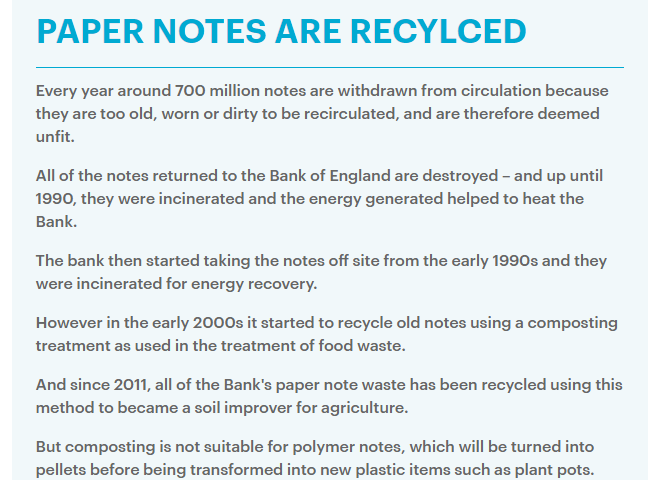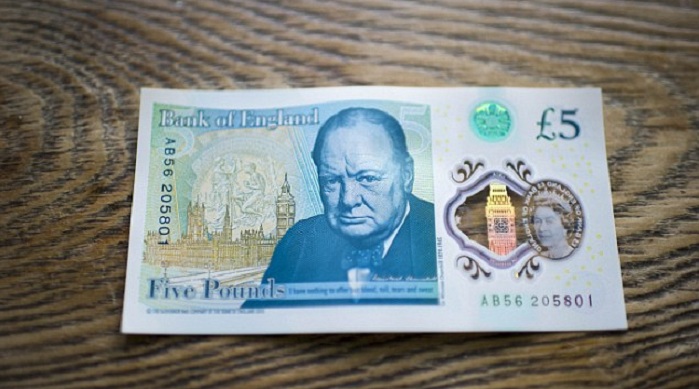They were replaced by the new £5 - carrying a portrait of Winston Churchill - that were released in September.
After the cutoff date people will still be able to exchange their notes at banks, building societies or Post Offices - but they will become worthless in stores.
The polymer notes are cleaner, safer and stronger and are expected to last an average of five years, compared to the current note`s two years.
New security features – such as a transparent window – supposedly make the note harder to counterfeit.
The new notes can survive a splash of claret, a flick of cigar ash and the nip of a bulldog.
Since they were released, the new £5 notes have become a valuable collectors` item.
Notes with low serial numbers in the first printing run have become prized collectors` items.
Elsewhere, four special £5 notes featuring tiny portraits of Jane Austen by specialist micro-engraver Graham Short, were valued at £50,000.
The first was found in change from a cafe in South Wales last month, while the second was discovered by a student inside a Christmas card in Scotland.
The search is still on for the final two in circulation around the UK.
Anyone who finds one of the notes should contact the Tony Huggins-Haig Gallery in Kelso, Roxburghshire, which launched the project.
Earlier this month the Royal Mint revealed that a silhouette of author Jane Austen will feature on five million £2 coins due to enter circulation in the spring.
A portrait of the novelist will also replace Charles Darwin on a new set of plastic, unrippable £10 notes.
Historians believe Austen may well be the first figure other than a reigning monarch to feature on a bank note and a coin at the same time.
The move coincides with the 200th anniversary of Austen`s death in July 1817 at the age of 41, reputedly from Addison`s disease or Hodgkin`s lymphoma.
The Royal Mint is also rolling out more than a billion 12-sided £1 coins – designed to be `the most secure coin in the world`.
The traditional, circular £1 coin is now considered too easily faked. It is thought that just over three in every hundred in circulation are forgeries.
The new £1 coin, which will be phased in over six months, starting in March, is slimmer and lighter, and made of nickel-brass and nickelplated alloy.
The Royal Mint also announced this month that a new £2 coin which will pay tribute `to the defence of Britain`s skies` during the First World War.
And a new 50p coin is to feature the face of Sir Isaac Newton to celebrate his `pioneering work and achievements in the field of physics and astronomy.`

/Daily Mail/
































-1741945056.jpg&h=120&w=187&zc=1&q=70')




-1741856732.jpg&h=120&w=187&zc=1&q=70')









